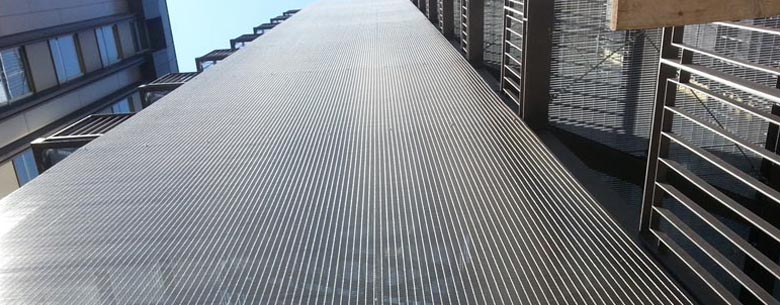Noise Barriers Design An Essential Element in Urban Planning
In our increasingly urbanized world, noise pollution has become a significant concern affecting health, well-being, and quality of life. As cities expand and traffic increases, the clamor from vehicles, construction, and industrial activities creates an urgent need to mitigate these disturbances. Noise barriers, or sound barriers, have emerged as a critical design element in urban planning, providing effective solutions to reduce noise pollution and enhance the living environment.
Understanding Noise Barriers
Noise barriers are architectural structures designed to obstruct the transmission of sound between noisy areas, such as highways, railways, and industrial zones, and quieter residential or recreational spaces. Typically constructed from materials like concrete, wood, or composite materials, these barriers serve to absorb or deflect sound waves, thereby reducing noise levels in adjacent areas.
The effectiveness of a noise barrier largely depends on its height, length, and construction material. Design considerations must take into account the source of the noise, the path it travels, and the specific acoustical goals that need to be achieved. For instance, a barrier that is too short might only provide limited noise reduction, while one that is excessively tall can be aesthetically intrusive and may require additional planning and engineering.
Key Design Principles
1. Height and Length The dimensions of a noise barrier are critical for its effectiveness. Ideally, the barrier should be taller than the noise source and long enough to prevent sound from curling over the barrier. The sound must be interrupted vis-à-vis its path to be effectively reduced.
2. Material Selection The choice of materials can significantly influence a barrier's performance. Dense materials, such as concrete and masonry, excel at blocking sound transmission. Additionally, the barrier's surface texture can impact how sound waves interact with it. For instance, rougher surfaces may diffuse sound waves better than smooth ones.
noise barriers design

3. Location and Alignment Properly positioning the noise barrier relative to both the sound source and the affected area is crucial. Barriers can be located on the side of the sound source or on the property line of the area needing protection. Careful study of the terrain is essential, as hills, trees, and other natural features can affect sound propagation.
4. Aesthetic Considerations Urban planners must balance functionality with visual appeal. Noise barriers can be designed with landscaping, art, and attractive finishes to integrate them into the urban environment seamlessly. The goal is to create barriers that not only serve their purpose but also enhance the visual landscape.
5. Environmental Impact Noise barriers can sometimes obstruct wildlife movement and natural habitats. Designers must consider ecological impacts and aim to incorporate designs that minimize disruption, such as wildlife corridors or gaps that allow for animal passage.
Innovations in Noise Barrier Design
With ongoing advancements in technology and materials science, innovative designs for noise barriers continually emerge. One such development is the use of transparent noise barriers made from polycarbonate or glass. These barriers maintain an unobstructed view while effectively reducing noise, making them particularly appealing in scenic areas.
Furthermore, incorporating vegetation into barrier designs, known as green noise barriers, offers dual benefits. The plants not only absorb sound but also improve air quality and enhance biodiversity. Living walls, made from specially designed structures that support plant growth, are gaining popularity, providing a sustainable and visually pleasing alternative to traditional barriers.
Conclusion
The design of noise barriers plays a pivotal role in urban planning, providing essential protection against noise pollution while maintaining the aesthetic harmony of urban environments. As noise pollution continues to rise, innovative and thoughtful designs will become increasingly vital. By balancing acoustical effectiveness with environmental and aesthetic considerations, noise barriers can contribute significantly to creating more livable and pleasant urban spaces. The future of urban development rests on integrating functional solutions like noise barriers that prioritize the health and comfort of city dwellers.
-
Why Galvanized Trench Cover Steel Grating Resists Corrosion
NewsJul.10,2025
-
The Versatility and Strength of Stainless Expanded Metal Mesh
NewsJul.10,2025
-
Load Calculations in Steel Grating Platforms
NewsJul.10,2025
-
Keeping Pets and Kids Safe with Chicken Wire Deck Railing
NewsJul.10,2025
-
Hole Diameter and Pitch for Round Perforated Metal Sheets
NewsJul.10,2025
-
Aluminium Diamond Mesh in Modern Architecture
NewsJul.10,2025
Subscribe now!
Stay up to date with the latest on Fry Steeland industry news.

